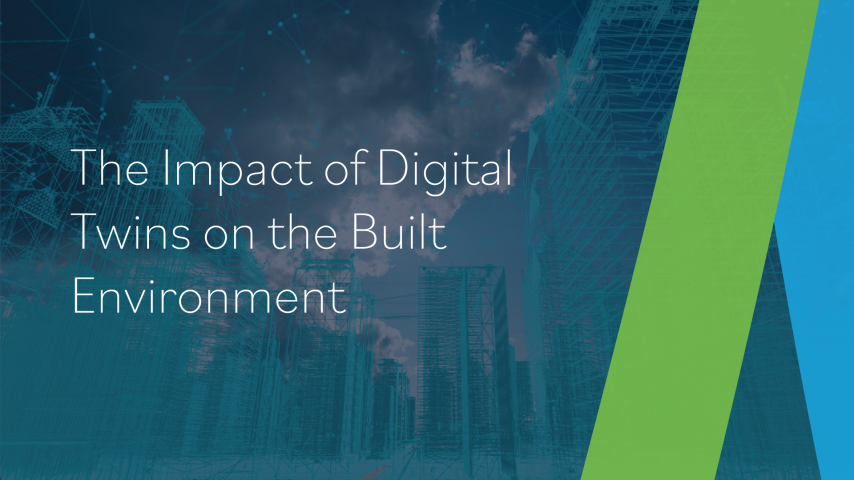
Rapid urbanization and increasingly complex construction projects require the building industry to turn to innovative technologies to enhance efficiency, sustainability, and safety.
Digital twins – dynamic and interactive virtual replicas of physical assets – are emerging as a powerful tool to revolutionize how buildings are designed, constructed, and managed.
Within the built environment, digital twins are making an impact in several ways:
- Improved Construction Management: By simulating construction processes and tracking project progress in real-time, digital twins help streamline workflows, reduce errors, and improve overall efficiency.
- Enhanced Design and Planning: Digital twins provide a collaborative platform for architects, engineers, and contractors to visualize and iterate on designs, identifying potential conflicts and optimizing layouts early in the process.
- Optimized Facility Management: Once a building is completed, digital twins can be used to monitor its performance, identify maintenance needs, and optimize energy consumption. Predictive maintenance capabilities help prevent costly equipment failures and downtime.
- Mitigation and Resilience: By simulating various scenarios, such as natural disasters or equipment failures, digital twins can help identify potential risks and develop mitigation strategies.
- Sustainable Building Practices: Digital twins can be used to assess the environmental impact of building materials and construction methods, promoting sustainable design and reducing the carbon footprint of buildings.
Applying Digital Twins
There are many opportunities to apply digital twins. Examples include:
- Infrastructure Projects: Digital twins of bridges, tunnels, and other infrastructure assets can help monitor their condition, identify maintenance needs, and ensure safety.
- City Planning: Digital twins of entire cities can be used to optimize urban planning, manage infrastructure, and improve resource allocation.
- Sustainability: Digital twins can be used to assess the environmental performance of buildings, optimize energy efficiency, and reduce water consumption.
- Facility Management: Digital twins of commercial and industrial buildings can help improve operational efficiency, reduce maintenance costs, and enhance tenant satisfaction.
As the technology evolves, the potential applications of digital twins in the built environment are expanding.
Driving Business Impact: Digital Twins 2024
Interested in learning more about how digital twins can impact your organization?
Subscribe for updates and join us at Digital Twins 2024, part of the Building Innovation: Emerging Technology Series, from December 9-11, at the Gaylord National Resort & Convention Center in National Harbor, Maryland.
This event will offer significant benefits to stakeholders in the building industry. These stakeholders include government agencies and regulators, as digital twins can aid in urban planning and evaluating compliance with building codes.
Digital twins also allow for real-time design visualization and testing for architects and engineers; and building owners and property managers would be able to use the technology to enable proactive maintenance and repairs, monitor energy consumption, and enhance tenant satisfaction through building performance.




